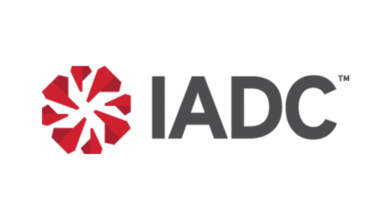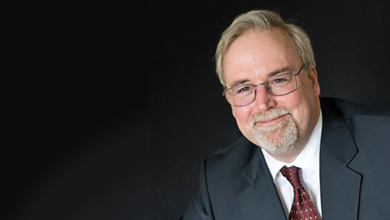Is this just another cycle, or is it really different this time?
By Linda Hsieh, Managing Editor
It’s commonly known that there are two major types of costs in the drilling industry – cyclical and structural. The former rises and falls with the ups and downs in the market, while the latter is much more sustainable. During this downturn, it’s been clear that margins in the service sector (the cyclical costs) have been tightly squeezed, sometimes to bare bones. However, have we really made sufficient structural cost changes to pull ourselves out of a boom-and-bust pattern?
A recent study in which IHS Markit modeled 54 offshore projects from Q3 2014 to Q3 2017 found that overall costs were reduced by 45% to 50% over that three-year period, Susan Farrell, VP for the market intelligence firm, said during a panel session at the 2018 OTC. The study attributed about half of those cost reductions to service sector deflation and the other half to structural changes.
The industry appears to disagree with that assessment, however. “We have really gotten pushback that we were too conservative, that the structural changes were a much bigger portion of the pie,” Ms Farrell said.
BP, for example, believes that 75% of its cost savings are sustainable and only 25% comes from what it calls unit rate deflation. “We have embedded new levels of capital discipline into our projects and have seen new levels of operating efficiency,” Leigh-Ann Russell, BP Head of Procurement and Supply Chain Management, said at the OTC panel. One project exemplifying this new approach is Mad Dog, where development costs were reduced from $20 billion to $9 billion without impacting reserves, Ms Russell said.
Not only do companies think that structural cost reductions have been underestimated, but they also appear optimistic that there is ample room for further cost reductions.
“We see a change in customer behavior,” Angela Durkin, Maersk Drilling COO, said in the OTC panel. “Customers are looking into projects differently now. They are realizing that just cost-cutting is not good enough and we need to do something different.”
Ms Durkin noted that operators’ total downtimes still average between 20% to 25%, which is unacceptable in the current price environment. “I would like to quote a CEO who recently said that, in order to construct one well, it takes 60 different contractors and 6,000 invoices,” Mr Durkin said. “That’s a huge amount of waste in the system, and the time is right to address that.”
This is an area in which digital technologies are coming to the fore. Maersk has already launched several data-driven initiatives this year, leveraging advanced data analytics, that are aimed at removing inefficiencies.
However, these projects aren’t just technically focused – they also require the contractor to look at issues that typically reside outside the scope of their rig contracts. “Having only the best in technology isn’t good enough,” Ms Durkin said. “We also need to address the commercial side because a lot of these ineffiencies come from the way we commercially construct our business.” Turn to Page 36 to read more about how Maersk is working to reduce what the company calls “customer NPT.”
Besides digitalization, standardization is another route through which the industry is seeking wide-scale, sustainable cost reductions. Speaking at OTC, Ms Russell cited examples from the semiconductor, automotive and data server industries, where standardization efforts have led to billions of dollars in cost reductions.
To bring impact on that kind of scale into the oil and gas industry, the International Association of Oil and Gas Producers (IOGP) launched JIP 33, “Standardization of Equipment and Packages,” in 2015. “We estimate that, through standardization, we can achieve improved safety, potential cost reductions of 10% to 20% CAPEX spending on equipment, up to 40% schedule compression for standardized asset classes, and improved quality and reliability, hence lowering our total life cycle costs,” Ms Russell said. You can read more about JIP 33 on Page 61.
It may be too early to call success or failure on efforts like these, but it does seem like the desire for sustainable change is real, and it’s coming from across the entire industry. It may have been said before, but let’s hope this time it really is different.
Email Linda Hsieh at linda.hsieh@iadc.org





